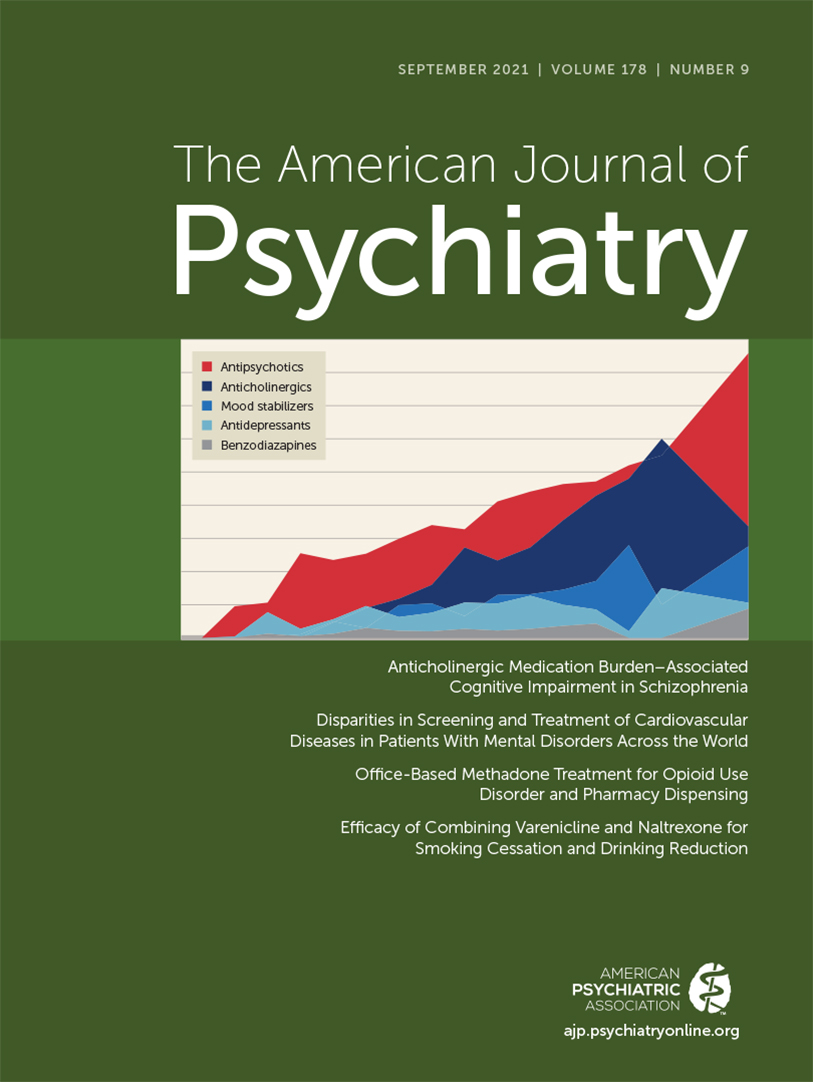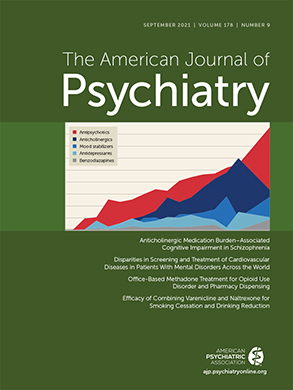The only thing constant is change.
— Heraclitus
Psychiatrists have long understood that behavioral dynamics betray mental states and conditions. Anyone who has spent significant time with depressed individuals would recognize the classic constellation: sluggish body movements, a long-held stance or gaze, and negative ideas impervious to external input. Or conversely, someone so irritable or paranoid that their movements (and ideas) flow rapidly, at times almost ballistic, triggered with little or no outside stimulation. In each case, it is not the movements and ideas themselves, but their dynamic properties—how they change over time—that are immediately apparent to the trained eye and ear as reflective of a mental state. At broader timescales, fluctuations of affect and behavior in response to environmental events exhibit normal-appearing dynamics, easily distinguishable from disease-inflected dynamics observed during “major” mood episodes. Indeed, keen appreciation of dynamics at multiple timescales is critical to the formulation of any psychiatric differential diagnosis and represents an essential aspect of the psychiatrist’s acumen.
Despite the dynamic nature of mental illness, our psychiatric nosologies often fail to incorporate temporal features. Most approaches are limited to cross-sectional assessments and retrospective accounts, explicitly focusing on static properties and psychopathological traits. In our view, the field desperately needs to adopt qualitative and quantitative approaches to characterize and employ temporal dynamics, moving beyond this status quo reliance on static disease models. If the field can reframe our disease models into a dynamic framework, the applications to psychiatric neuroscience and clinical care are ripe for exploration.
Dynamical-systems theory is an established area of mathematical study. A dynamical system is essentially a set of mathematical functions describing how something changes over time. These generalized systems have captured the onset of epileptic seizures (
1), behavior of sensory cells (
2), and cortical networks (
3)—all using the same mathematical formulation—which is both remarkable and incredibly powerful. Moreover, dynamical-systems analysis reveals the presence of control parameters that determine behavior and function. These very formulations may be applicable to many psychiatric conditions, providing a deep quantitative language to describe complex, superficially unrelated clinical phenomena using concise expressions that capture temporal structure. In other words, we start by drawing on characterizations of other systems found in nature.
Dynamical systems describe how patterns of change themselves change over time, such as when a system transitions from one state to another. Take, for example, the transition from calm to frightened: once an individual shifts to another “state,” movement patterns shift qualitatively and often dramatically. Such a change is known, in dynamical-systems parlance, as a bifurcation. A bifurcation occurs when a system’s dynamics—in this case, an individual’s mood and behavior—change qualitatively, and often dramatically, in response to a small change in one or more parameters. In addition to the previous example, other systems may cross a different bifurcation to transition between stable and oscillatory states. For example, consider an individual with OCD who undergoes a transition from rest to a state of ritualized movement, perhaps as a function of autonomic arousal reaching a critical threshold. Still other systems exhibit transitions in the number of stable points. Consider here an individual with borderline personality disorder who advances into a regime of unstable affect, vacillating between affective states at brisk intervals. While psychiatrists often dispute the boundary conditions between similar-appearing entities, a dynamical-systems framework formalizes any meaningful distinctions while also unifying our understanding of mental conditions that are deeply linked yet occupy different parts of the modern taxonomy.
Behavior near transitions may be represented by generalized mathematical objects known as normal forms, each possessing features unique to that type of transition but present in all systems operating near that transition point. Because of this generalizability, numerous tools exist not only to capture and model temporal dynamics but to map any system’s state space. Moreover, characterization of dynamics as a function of one or more control parameters allows us to directly manipulate the system. Such control permits us to address fundamental questions: what are the system’s control parameters, how do we access them, and what are the consequences of adjusting these parameters? This approach may unveil the parameters that control behavior, mental states, and clinical course. Such parameters might include psychopharmacology, psychotherapy, environment, and genetic background. In essence, dynamical-systems theory explicates what neuroscientists and psychiatrists have suspected for decades but never formalized. Dynamical systems provide a language to make evident the temporal features of psychiatric disease that remain poorly characterized.
Indeed, psychiatric research has already been bolstered by dynamical-systems analysis. Dynamical systems have been used to describe the course of psychiatric illness using behavior measured from wrist accelerometry in individuals with mental illnesses (
4). Dynamical phenomena have also been observed in depression (
5) and schizophrenia (
6). More recently, major depressive disorder has been modeled in multiple studies using dynamical-systems frameworks (
7,
8). These studies highlight the utility of dynamical-systems analysis, allowing researchers and clinicians to capture phenomena that could explain a patient’s symptoms and behavior. These models may be useful in both clinical practice and the study of mechanistic underpinnings of psychopathology.
Given that psychiatrists and neuroscientists recognize dynamics as useful, our approach to studying mental illness should thus be informed by dynamical-systems analysis. A good starting place would be to treat behavior like physiology and develop measurement tools and control procedures operating at timescales more typical of physiological variables. To accomplish this, we will require vetted metrics operating at multiple timescales to capture, characterize, and ultimately control behavioral dynamics. Few studies have implemented closed-loop systems that measure behavioral patterns associated with psychiatric conditions.
Fortunately, we are surrounded by technologies that permit dynamical-systems analysis of psychiatric disease. Wrist actigraphy, video recordings, audio samples, and diverse smartphone sensors can provide data about a person’s behavior, speech, and myriad activities at multiple timescales. Data passively collected on these devices provide nearly continuous behavioral signals and generate deep, dynamic data streams. United with the mathematical rigor of dynamical-systems analysis, we can formalize our approach to the study of human behavior. A dynamic approach to measurement and analysis of psychiatric data seems intuitive, readily applicable, and probably overdue as an integral part of our explanatory framework and assessment of disease trajectory.
Finally, embracing dynamical systems in psychiatric disease models aligns the tools and explanatory framework of psychiatry and neuroscience, establishing a mathematical lingua franca to generate and apply insights between them. Over the decades, animal models of psychiatric disease have been both lauded as essential and discarded as irrelevant digressions from our collective mission to understand human suffering. By considering behavior across species as physiology and applying the same behavioral measurements and dynamical-systems approaches, we are confident that significant discoveries in our basic understanding of psychiatric disease mechanisms will emerge, allowing the field to move past imprecise, anthropomorphic assumptions that have outlived their utility. In summary, we as a field must step back from our assumptions about the relevant timescale of behavior and develop more cohesive, mathematically informed models, ones that by design transcend species-specific considerations. Reframing behavior as physiology is critical to psychiatry, and in our view, it’s about time.

